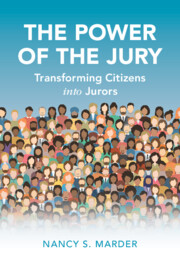This article is triggered by an analytic puzzle. In about half of a
corpus of Korean telephone openings, callers produce a second summons,
yeposeyyo, in the second turn of the opening sequence. The
analysis unravels the interactional and organizational contingencies
involved in the construction of the caller's second summons. It shows
that the second summons operates as a vehicle for inviting recognition,
and that the answerers overlay their work of recognition onto their talk
in the third turn. In this way, the parties confront, work through, and
display their underlying orientation to the organizational problem of
establishing each other's identity in dealing with the second
summons/answer sequence.An earlier
version of this article was presented at the annual meeting of the
American Association for Applied Linguistics in 2004. I would like to
thank John Heritage, Manny Schegloff, and Sung-Ock Sohn for valuable
comments on earlier drafts. Barbara Johnstone and two anonymous readers
for this journal also gave helpful advice.


